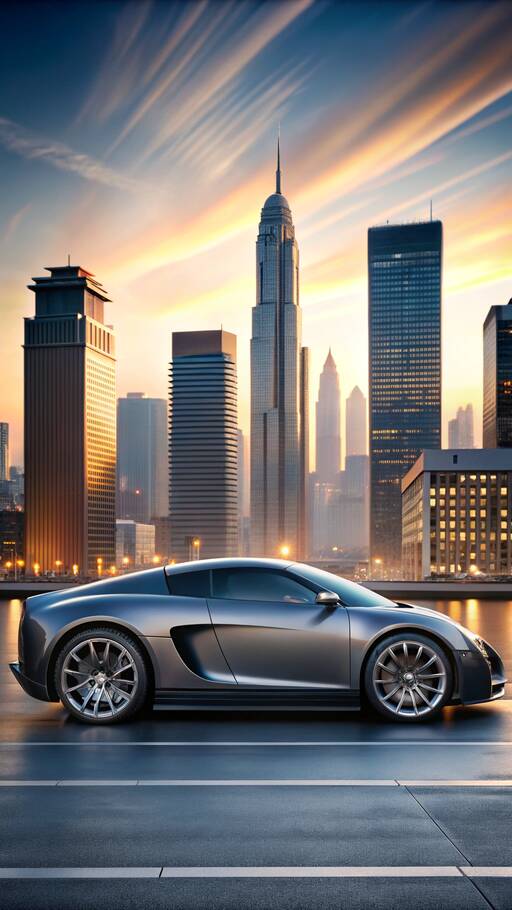
In 1997, while traveling on a Japanese bullet train, the late Volkswagen chairman Ferdinand Piëch envisioned creating a car with 1,001 PS and a top speed exceeding 400 km/h. His initial concept included a W18 engine—a bold beginning to a groundbreaking automotive journey.
- EB 118 (1998): Designed by Italdesign's Giorgetto Giugiaro, this front-engined two-door debuted at the Paris Motor Show. It featured a 6.3-liter naturally aspirated W18 with 555 PS, drawing inspiration from the Type 57CS Atlantic.
- EB 218 (1999): A four-door concept also designed by Giugiaro, echoing the grandeur of the Type 41 Royale and EB 112. While it retained the 547 bhp W18, it signified progress towards Piëch's ambitious targets.
- EB 18/3 Chiron (1999): Fabrizio Giugiaro reinvented the W18 by shifting it to the center, introducing a more aggressive, cab-forward two-door coupe design.
- EB 18/4: Unveiled a month later, the design by Jozef Kaban marked a significant evolution. Initially featuring the W18, the design was named after the legendary Bugatti driver Pierre Veyron.
The challenges of extracting over 1,000 PS and managing the complexity of the W18 led to a pivotal decision in 2000: the engine was reimagined as a turbocharged 8.0-liter W16, enduring four turbochargers. This innovation realized Piëch's dream with the Bugatti Veyron's production, eventually surpassing 400 km/h.
Other Volkswagen Group brands explored similar concepts, such as the Bentley Hunaudières and Audi Rosemeyer, but the Veyron stood unmatched in speed, luxury, and cost-efficiency. The result was the illustrious 1,001 PS powerhouse, the Bugatti Veyron—a masterpiece of engineering.
In summary, the Bugatti Veyron's journey from a bold sketch to a record-breaking marvel encapsulates the pursuit of automotive perfection. As legends go, it's not just about speed—it's about redefining what's possible.